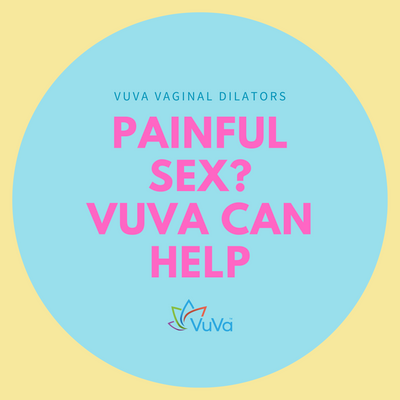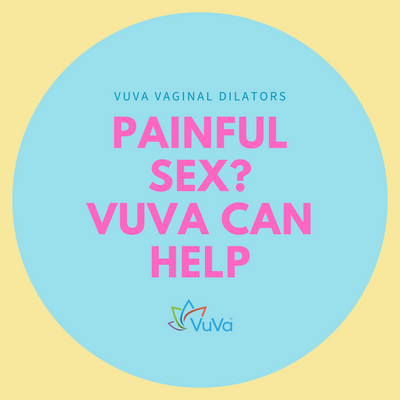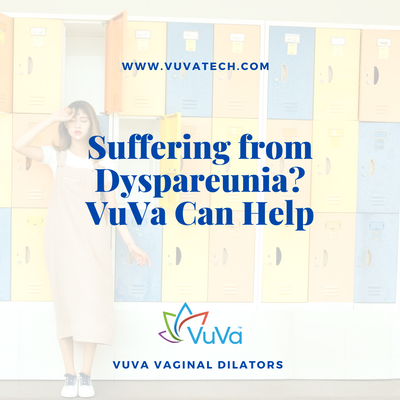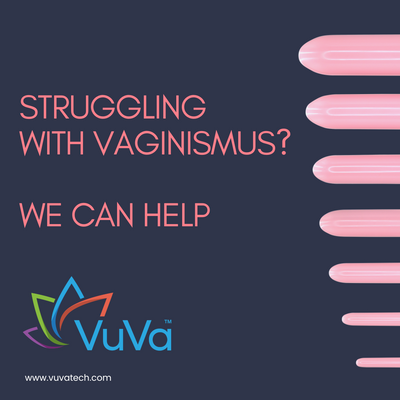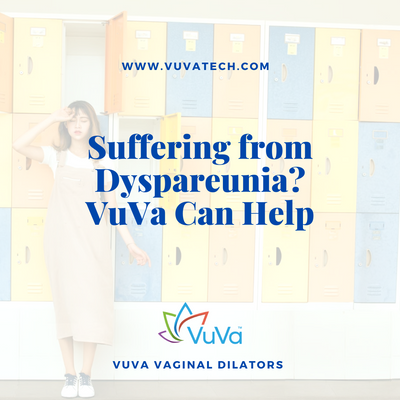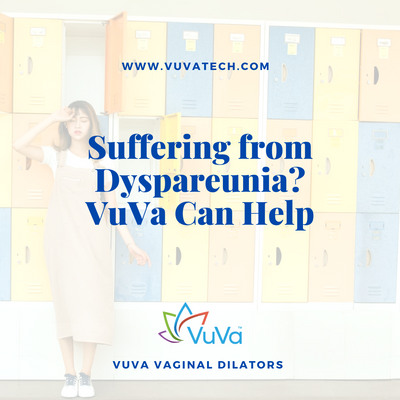
| Tara Langdale
How the Vulvodynia Diet Alleviates Symptoms
Are you looking to cure vulvodynia with healthy eating or removing foods that further irritate the pain syndrome? While changing your diet to relieve pain associated with vulvodynia is never guaranteed, it may eliminate any possible food sensitivity contributing to the vulval pain.
The vulvodynia diet is a specific regimen prescribed by some healthcare professionals in the United States to cure chronic pelvic pain. It may alleviate the syndrome altogether or prevent painful vulvodynia flare-ups.
What is the vulvodynia diet?
The Vulval Pain Society in the United Kingdom (UK) describes the vulvodynia diet as eating low oxalate foods. (1) In 1991, an American medical journal published a study about a woman with vulvodynia who had high oxalate in her urine.
After eating low oxalate foods plus taking a calcium citrate supplement, her oxalate levels decreased as well as vulvodynia symptoms. It became commonly prescribed in the United States, but not as common in the UK. Calcium citrate aids the removal of dietary oxalates.
Elimination diets, like the low oxalate diet, remove specific foods to reduce food allergies. Similar in a way to the methodology that governs a gluten-free diet or dairy-free diet. You "eliminate" the foods that cause real disruption.
Foods High in Oxalate
While oxalate is a molecule present in some foods, the body also removes amounts during urination and bowel movements. Below is an abbreviated list of food high in oxalate: (2)
- Nuts
- Beans
- Berries
- Coffee
- Chocolate
- Dark green vegetables
- Tofu
- Wheat bran
- Cranberries
- Soda
- Oranges
- Potatoes
It should be noted that men and women with kidney stones or disease often follow a low oxalate diet.
Foods Low in Oxalate
The above foods are ones to avoid or minimize portions. However, there are foods that you can enjoy that don't increase the oxalate in your body. Below is an abridged list of low oxalate foods that may help decrease chronic pelvic pain associated with vulvodynia
- Herbal teas
- Dairy (cheese, buttermilk, milk)
- Fruit (avocadoes, bananas, cherries)
- Meat (bacon, beef, poultry)
- Starches (barley, pasta, white rice)
- Vegetables (cabbage, cauliflower, cucumber)
- Condiments (ketchup, mustard, mayonnaise)
- Miscellaneous (lemon and lime juice, gelatin)
While knowing what you can and can't eat is an essential part of reducing vulvodynia chronic pain, it can be challenging to follow without recipes. There are a few different cookbooks that give tasty and easy-to-follow dishes for the low-oxalate diet.
The Low Oxalate Fresh and Fast Cookbook: Hope and Help For The Low Oxalate Dieter by Melinda Keen makes whipping up culinary anti-vulvodynia delights easier. Or the Renal Diet Cookbook: The Low Sodium, Low Potassium, Healthy Kidney Cookbook by Susan Zogheib offers recipes and a strategy plan.
Vulvodynia and Irritable Bowel Syndrome (IBS)
Vulvodynia is chronic pain (ongoing or intermittent) with a known or unknown cause in the vulvar region of the genitals. Often women with vulvodynia also have IBS. One case report, produced by Integral Medicine in Encinitas, California, showed how one woman with IBS and vulvodynia, removed all pain through an elimination diet. (3)
The athletic woman in the case report followed an elimination diet for six months. Developing a customized nutritional diet to eliminate pro-inflammatory foods may improve vulvodynia and IBS.
Vulvodynia diet and vaginal dilators
While removing high oxalate foods from your diet may improve vulvodynia, it may not work by itself. Another option to consider is pelvic floor therapy with vaginal dilators along with the vulvodynia diet. Vaginal dilators or vaginal trainers are tube-shaped plastic devices that stretch and strengthen pelvic floor muscles and the vulvar.
They are recommended by doctors and physical therapists as a proven method for overcoming vulvodynia. Vaginal dilators come in various sizes and have no side effects.
Following the vulvodynia diet
When you embark on any diet plan, whether it's for weight loss or pelvic health, it takes time and patience. Seeing the results doesn't happen overnight, and there could be many ups and downs. The critical part is taking one day at a time and following a plan right for your body.
Some women who’ve been treated with an elimination diet like the vulvodynia diet have reported pain relief. In conjunction with vaginal dilators, following a low oxalate diet can solve the problem of vulvodynia.
- Vulvalpainsociety.org/about-vulval-pain/treating-vulval-pain/the-low-oxalate-diet/
- Upmc.com/-/media/upmc/patients-visitors/education/unique-pdfs/low-oxalate-diet.pdf
- Ncbi.nlm.nih.gov/pmc/articles/PMC4991650/
VuVa Helpful Links:
7 Reasons for a Tight Vagina and How to Loosen
How to Relax Vaginal Muscles, Vaginismus & Sex
Vaginal Stretching - Keeping in Shape with Dilators
Do Dilators Really Work? Yes, and They can Improve Your Sex Life!

